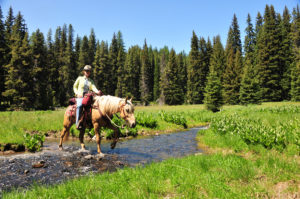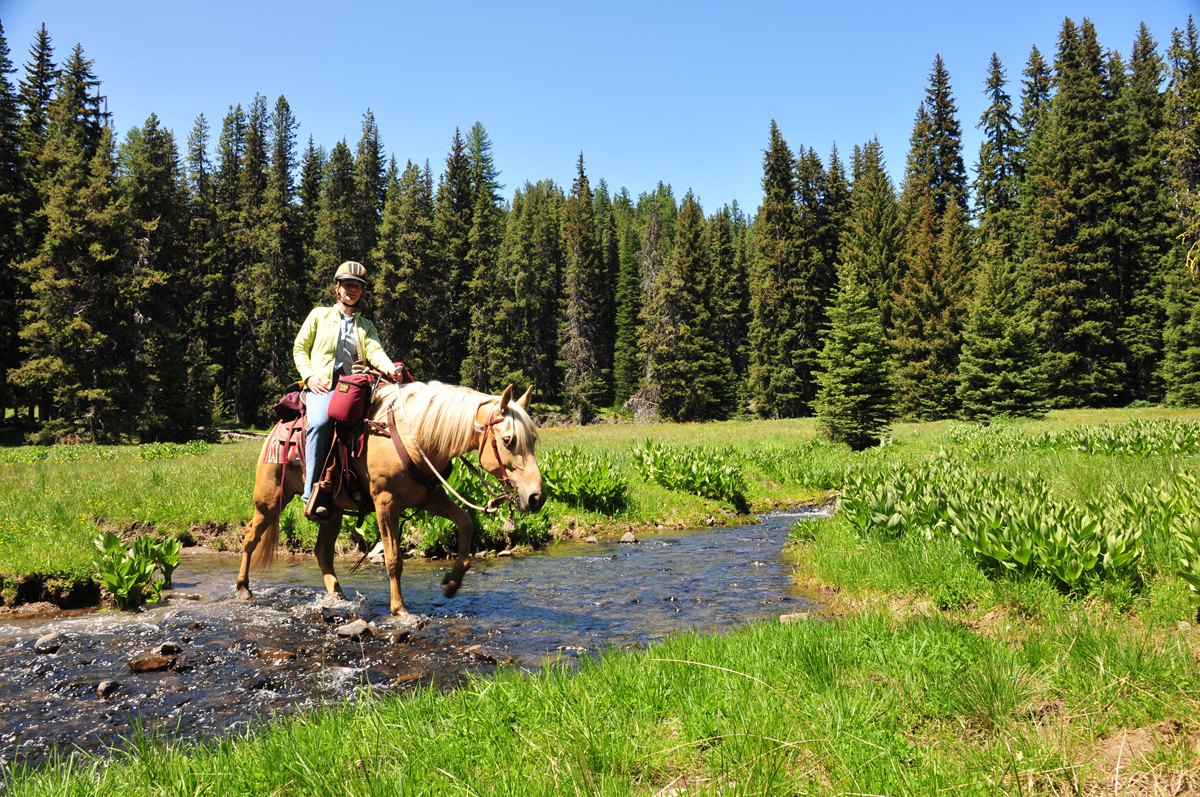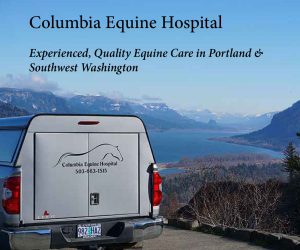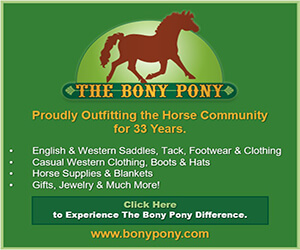The Roles of Nature Versus Nurture When Buying a Trail Horse
by Robert Eversole

What defines a *good* trail horse? Is any horse suitable to carry you into the wilderness? Plato and Descartes might have suggested that a horse is born with all of the innate abilities required to safely make its way through the wilderness, after all equines have existed for millennia without humans to train them. A competing view might be found from John Locke and his belief that the mind is a “tabula rasa,” or blank slate. Everything is the result of experience or training. If that is the case, any horse suitably trained can go down the trail. Regardless of our views on the nature versus nurture debate, we can all agree that a good trail horse is worth his weight in gold.
I believe it takes a special, even superior, horse or mule to handle a boundless arena with constantly changing conditions and unique interactions with other creatures. With that as a conclusion, what do we look for in a trail horse prospect?
Let’s start with nature and those things that are determined by heredity and genetics. Conformation, or the relationship of how the animal’s body is put together, is important if we want our mount to be physically able to handle the stresses of the trail and long miles under saddle. What may be a flaw in an arena setting can be quite excusable on the trail, as long as the flaw does not lead to unsoundness down the road. For trail riders, “beauty is as beauty does” and a good horse is never a bad color.
Some of the things that I look for that fall into the category of nature include good feet: hooves that are healthy and proportional in size for the horse. The old adage “no hoof no horse” is just as true today as it was in the 1800’s. Also, if you care about how well the saddle rides, withers are an important consideration. While most mules (and my horse) have ill-defined withers, well-defined withers will help to keep a saddle upright and resist rolling from side to side. A third aspect determined by genetics that is commonly ignored is size. The height of your mount will greatly affect your rides. While many riders seem to think that bigger is better, they won’t find many mounting blocks in the backcountry. A good trail horse should be big enough to get the job done while also being short enough to easily mount without aids.
A horse with the best confirmation in the world is without value if it doesn’t have a good disposition. The abilities to get along with other horses, stand quietly and patiently, and old-fashioned “horse sense” are all qualities that are, in my opinion, just as important as physical traits. My horse has only okay feet and lousy withers. However, his eagerness to hit the trail and his mountain goat-like abilities more than make up for those deficiencies.
Qualities that I look for that can be considered as nurtured or trained include trailer loading, hobble training, and bridge crossing. Another trainable skill is the ability to ride away from other horses without an argument. While these skills and many others are most certainly trainable, personally I like a horse that I can get on and ride. That brings us to the point of age. A well cared for 10-12 year old horse has many years and miles left in him and has, hopefully, many trail experiences under his saddle already.
A common question we hear when trail riding is “what kind of horse is that?” The best answer I’ve come up with is “one with four legs.” I’m convinced that any breed can make a great trail partner, if it has the traits that we’ve talked about. One caveat to that is if you commonly ride with a group, or have a favorite trail riding friend, speed of gait can be an issue. It’s nice if both animals travel at about the same pace. My wife and I both ride gaited horses with similar ways of going and speed. This combination makes for a very pleasant ride for all concerned.
Here’s to happy trail riding New Year! As always, for more information about trail riding and North America’s largest directory of horse trails and camping areas in the U.S. to visit with your new horse or mule, visit www.TrailMeister.com
Published January 2014 Issue

Robert Eversole, ”the trail meister,” owns www.TrailMeister.com, the largest database of horse riding and camping areas in the U.S. with free trail and trailhead information, trail maps, and much more to help horse enthusiasts experience the joys of trail riding. Robert is a registered riding instructor with PATH International, a mounted search and rescue team member, and a U.S. Marine who has served on the board of the Backcountry Horsemen of Washington (BCHW). He is enjoying his new career helping fellow trail riders stay found and safe on the trail. When not on the trail, The Trail Meister resides near Spokane, WA and teaches land navigation to a wide variety of outdoor groups across the nation. For North America’s largest horse trail and camping directory, trail tips, and more, visit www.TrailMeister.com.






